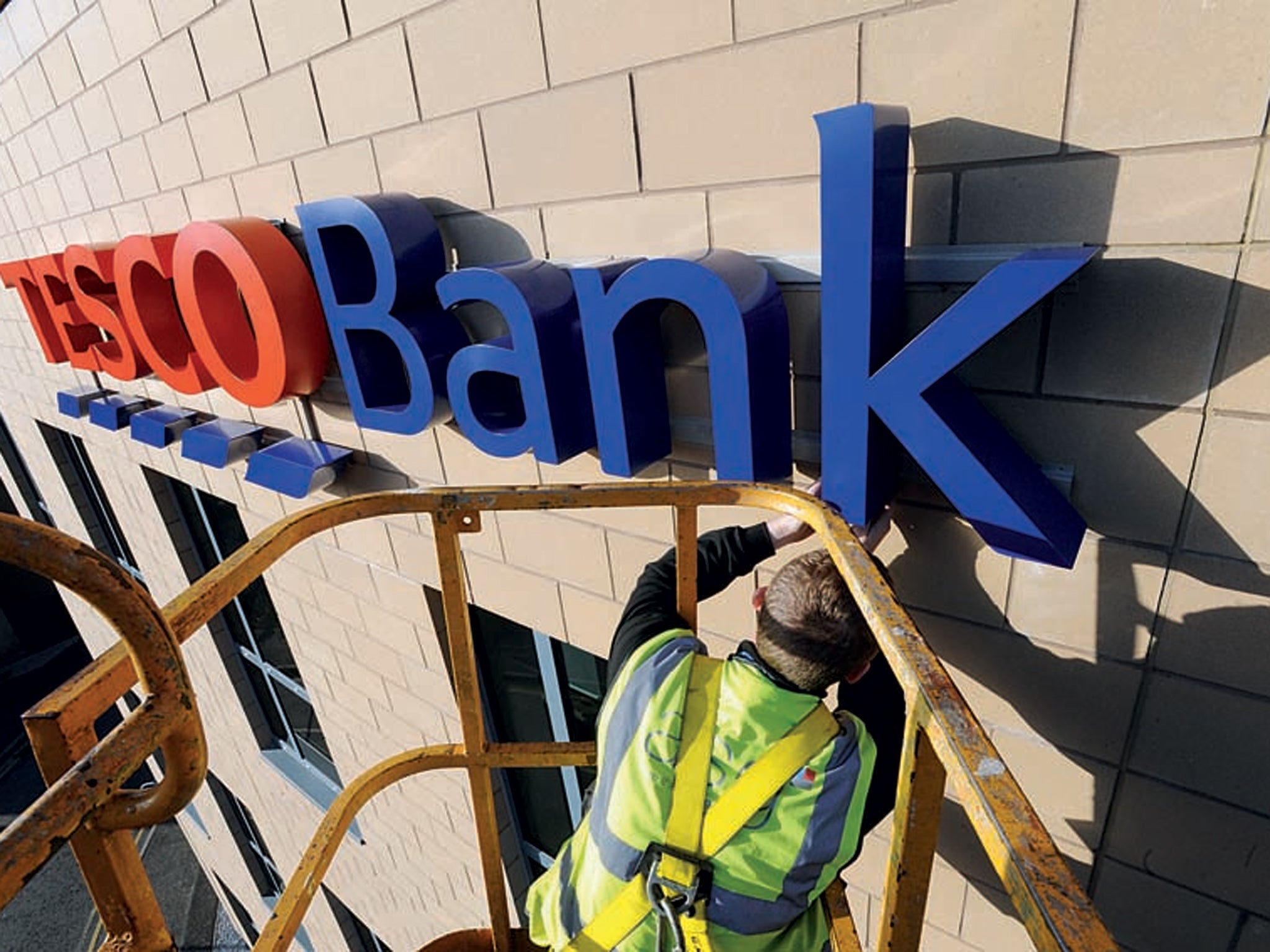Money Insider: Turbulent ride looks as if it is far from over

Your support helps us to tell the story
From reproductive rights to climate change to Big Tech, The Independent is on the ground when the story is developing. Whether it's investigating the financials of Elon Musk's pro-Trump PAC or producing our latest documentary, 'The A Word', which shines a light on the American women fighting for reproductive rights, we know how important it is to parse out the facts from the messaging.
At such a critical moment in US history, we need reporters on the ground. Your donation allows us to keep sending journalists to speak to both sides of the story.
The Independent is trusted by Americans across the entire political spectrum. And unlike many other quality news outlets, we choose not to lock Americans out of our reporting and analysis with paywalls. We believe quality journalism should be available to everyone, paid for by those who can afford it.
Your support makes all the difference.Whether you're an individual bank customer, running a small business or part of a FTSE-listed company, from a financial perspective 2012 has been another year to forget.
Almost five years on from the banking crisis, the UK population is still paying a heavy price for the decade-long credit binge that started in the early nineties.
In a year when unemployment remained stubbornly high, inflation wreaked havoc with savers' income and fuel, food and energy costs have continued to spiral, it's no wonder people have had to curb their spending, thus putting a number of high-profile retailers out of business.
On the personal finance front it's been a mixed bag, with selected borrowers enjoying some very low interest rates at the expense of savers, who have for the fourth year in a row struggled to find a decent return.
Although Base Rate remained rooted at 0.50 per cent, the appetite from banks and building societies for retail savings balances meant interest rates remained fairly stable for the first nine months of the year, until without warning, the side-effects of a new government initiative saw the bottom fall out of the savings market.
In August the Government offered lenders the chance to borrow funds cheaply via the Funding for Lending scheme, and while this has delivered lower mortgage rates, it has proved a nightmare for savers, who have seen rates fall like a stone during the latter part of 2012.
Back at the start of the year it was possible to obtain 3.60 per cent on a one-year fixed rate savings bond and 4.80 per cent if you were prepared to lock your cash away for five years. Now the best rates have slumped to a mere 2.50 per cent and 3.50 per cent.
On a more positive note, if you were in the market for an unsecured loan in 2012, you may have been one of the lucky ones to have benefited from some of the lowest rates seen in almost six years. If you had a good credit record and were looking to borrow £7,500 plus, competition among lenders meant you were able to borrow at a rate as low as 5.4 per cent APR.
It remained a different story if you wanted to borrow a sum of £5,000 or less, with the average rate for a loan of this size topping 16 per cent APR, and in some cases the cost was within a whisker of 30 per cent APR.
Savers and some borrowers were increasingly frustrated and disillusioned with the poor value rates on offer from banks and building societies, so it was no surprise that business was brisk among the peer-to-peer providers. With savers able to earn double the rate on offer on the high street and smaller loans being offered at half those being charged by the banks, 2012 was the year that peer to peer came to the fore.
Zopa, RateSetter and Funding Circle have delivered over £370m of business to date, and the Government announced plans to regulate the peer-to-peer sector from 2014. Hopefully this will turn out to be a positive move that will enable it to become an even bigger thorn in the side of traditional financial institutions.
Talking of newcomers to the market, 2012 saw Tesco Bank finally launch a range of competitive mortgage products and M&S Bank open a number of branches within M&S stores.
There were some interesting new product initiatives, including the Partnership mortgage from Castle Trust and the emergence of Amigo Loans. It's innovative financial products such as these that we need to see more of, as the tired, bland one-size-fits-all model just doesn't work any more.
For the financial services industry, it's been another year to forget when it comes to negative publicity, payouts and fines.
The major computer problems at RBS in June and the sale of unsuitable and complex products to small businesses were serious issues in their own right, but they almost paled into insignificance when the manipulation of inter-bank lending rates came to light.
Payday lenders have rightly been singled out for criticism due to astronomical lending rates and in some cases some dubious collection practices. Although some consumers have a damaged credit history, there's absolutely no justification to be charging them interest rates of 4,000 per cent plus.
With the Government's relentless austerity drive set to cause more misery on the jobs front and the uncertainty surrounding the eurozone crisis giving continuing cause for concern, the turbulent ride on the economic roller-coaster looks as though it's far from over.
Andrew Hagger is an independent personal finance analyst at moneycomms.co.uk
Join our commenting forum
Join thought-provoking conversations, follow other Independent readers and see their replies
Comments